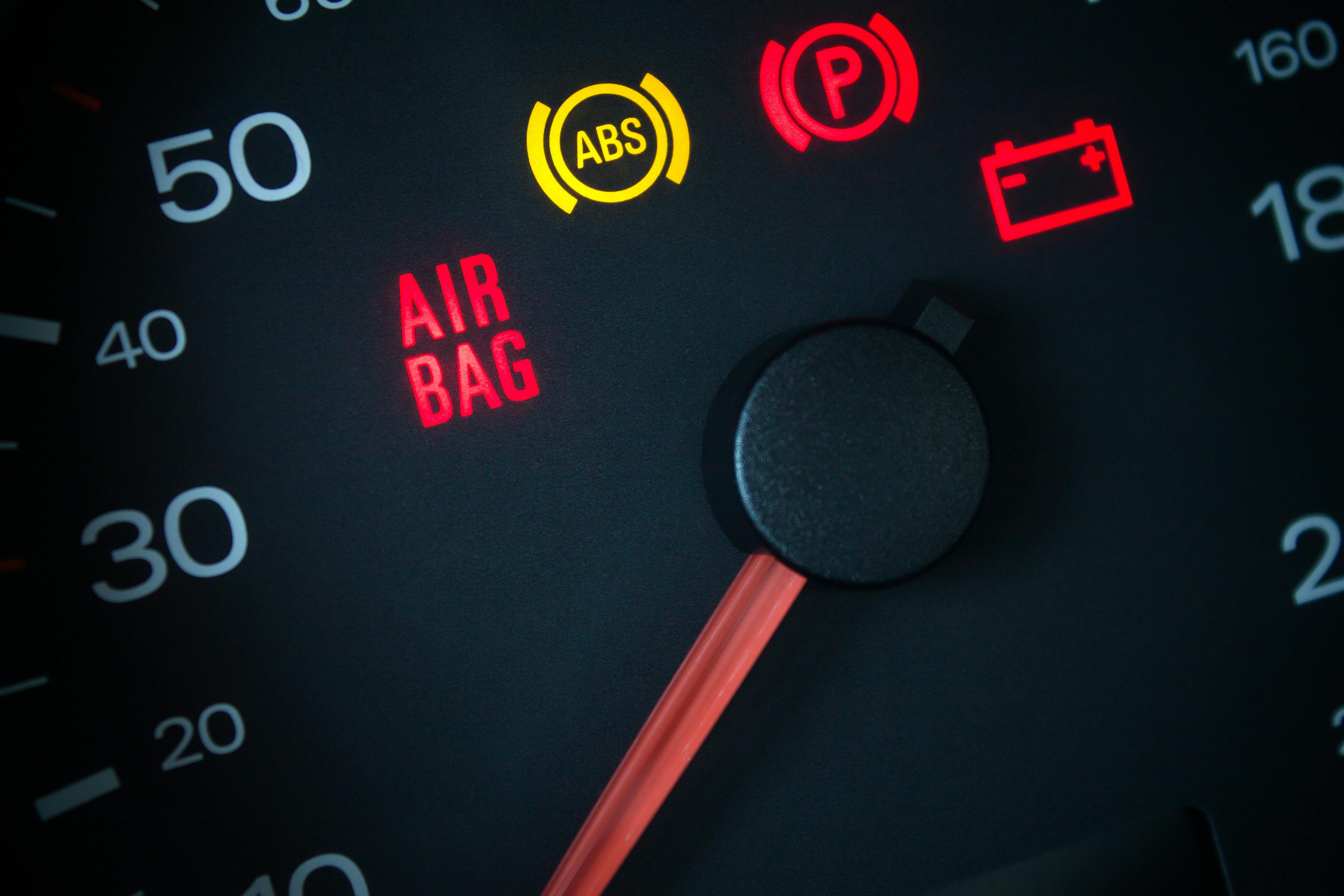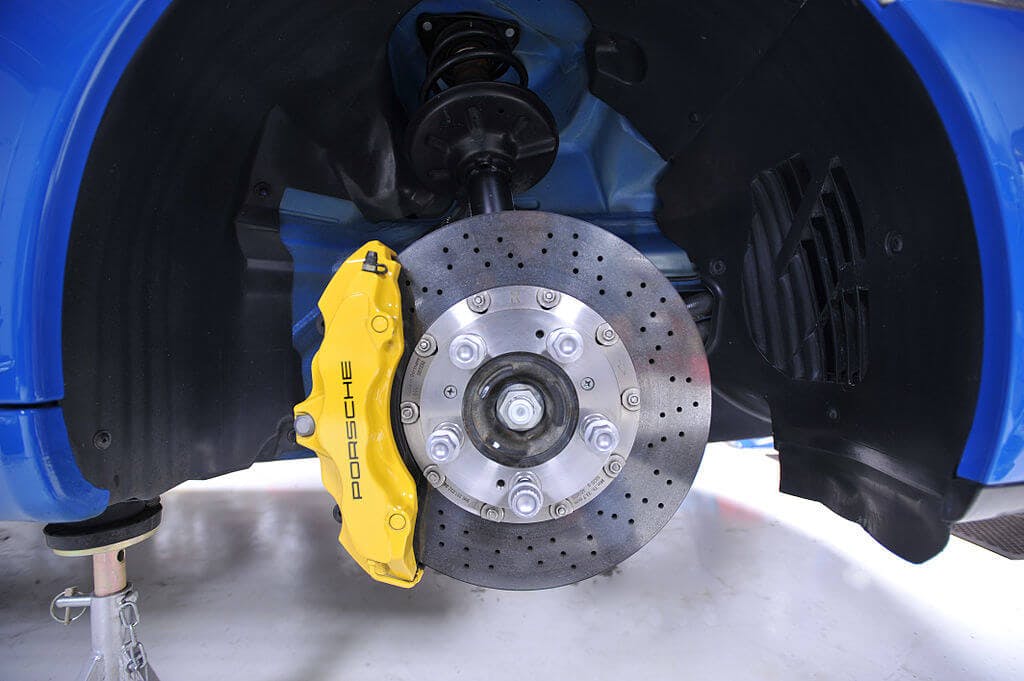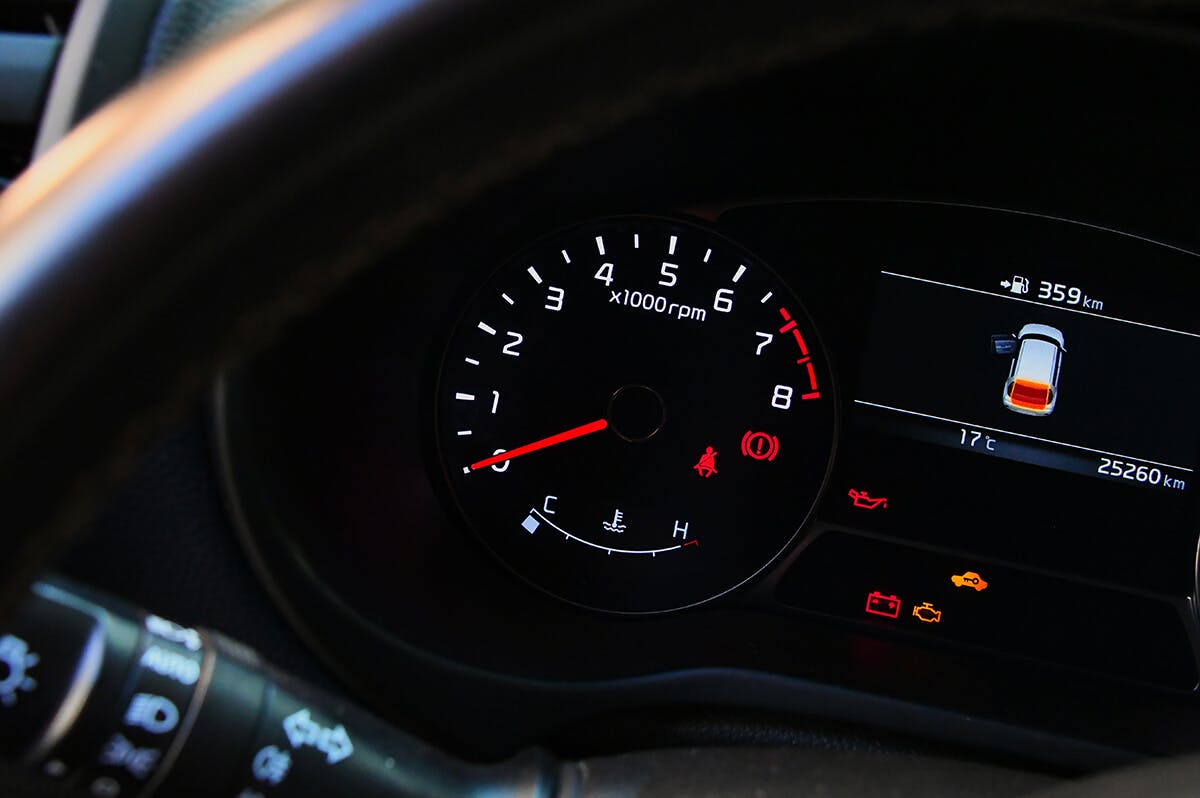ABS System: How it works and what it is for?

The ABS system, or its long name Anti-lock Braking System, is a system that belongs to one of the basic elements of active vehicle safety.
This article will shed light on the ABS system, its function, and how to recognize when the system is active.
Inhoudsopgave
How does ABS work?
The ABS system checks the operation of the brake system in the car and ensures effective braking on surfaces with different grips. The ABS system monitors the movement of the wheels during braking using sensors located on each wheel.
If one of the wheels begins to slip, the sensor sends a signal to the control unit, which reduces or completely turns off the braking force in that wheel, preventing it from locking.
A locked wheel does not transmit any lateral force, thus not allowing the vehicle to turn to the side. On the other hand, a non-locked wheel can maintain stability and thus ensure vehicle controllability even when braking hard on a slippery road.

Car Braking System: How does it work?
If the control unit of the ABS system receives a signal that one of the wheels is blocked, it will briefly reduce the pressure in the brake system, thanks to which the wheel will start to roll again. The ABS system can release the wheel up to 16 times per second, ensuring sufficient braking, wheel turns, and vehicle controllability.

Car Dashboard Symbols: What do they warn about?
The ABS system was developed by the Bosch company in 1978. If the system is functional and doing its work, you can feel brake pulsations when pressing the brake pedal. Don't be afraid when that happens, and keep the pressure on the pedal.
ABS may activate on a slippery surface. This should be accompanied by illuminated ABS warning light on the dashboard when the system is active. If it's working properly, the warning light should disappear once the ABS doesn't need to intervene.
How do you know that the ABS system is active?

During sudden braking on a wet, snowy, or icy road, you can feel and at the same time hear intermittent braking, which is a signal that lets you know that the ABS system is active. A characteristic raspy sound is heard, the brake pedal kicks, and your foot is pushed off the floor.
When the ABS system intervenes, some less experienced drivers get scared and release the brake pedal. However, this is a big mistake, which often stems from the fact that the driving school does not place too much emphasis on handling such situations. Keep the pressure on the brake pedal when such a situation happens.
More seasoned drivers, who drove cars without ABS for many years, had to manually rely on intermittent dosing of braking force, using only their foot without any electronic system.
ABS as a mandatory feature
The ABS system has been required on all new passenger cars sold in the European Union since 2004. In the US, the NHTSA has mandated ABS in conjunction with ESC (Electronic Stability Control) as of 2012.
Does ABS increase braking distance?
Interestingly, a car equipped with an ABS system has a longer braking distance on a dry road than a car not equipped with this system. However, on a slippery road, the card turns in favor of a vehicle equipped with an ABS system.
All in all, cars equipped with ABS are safer for regular drivers, and the system helps prevent many road fatalities and injuries.